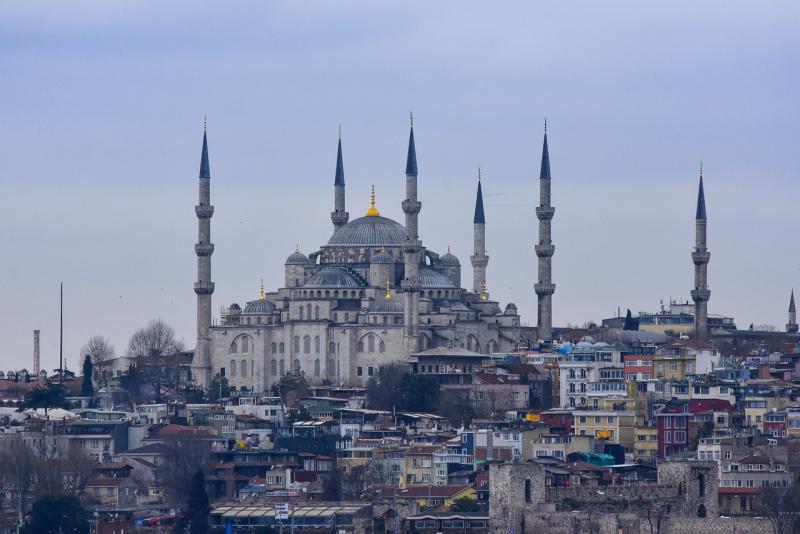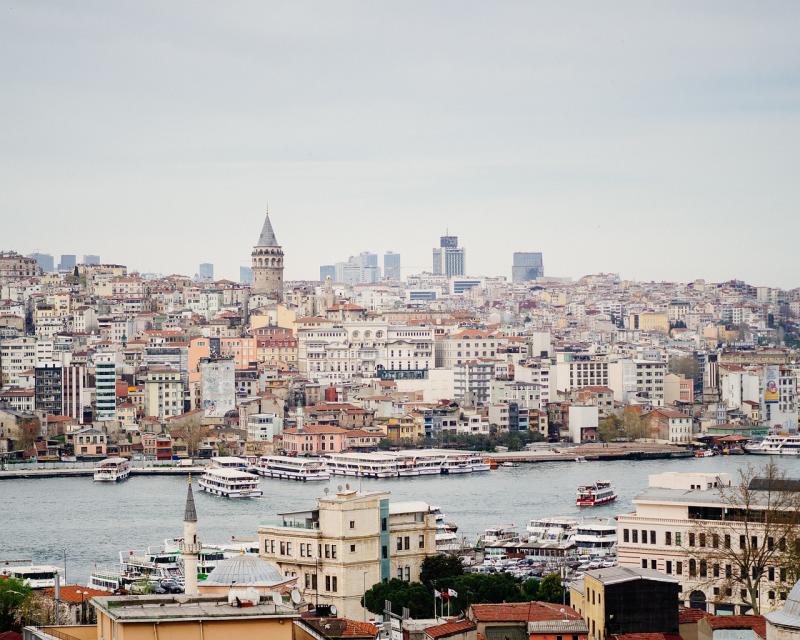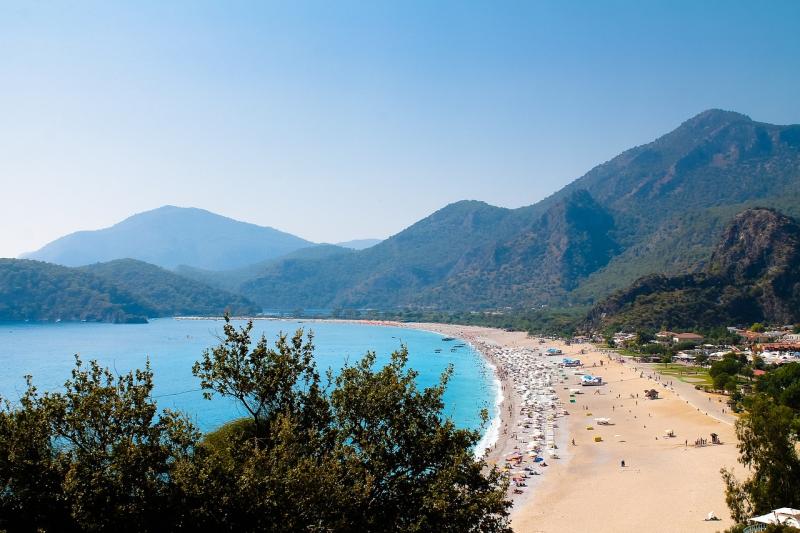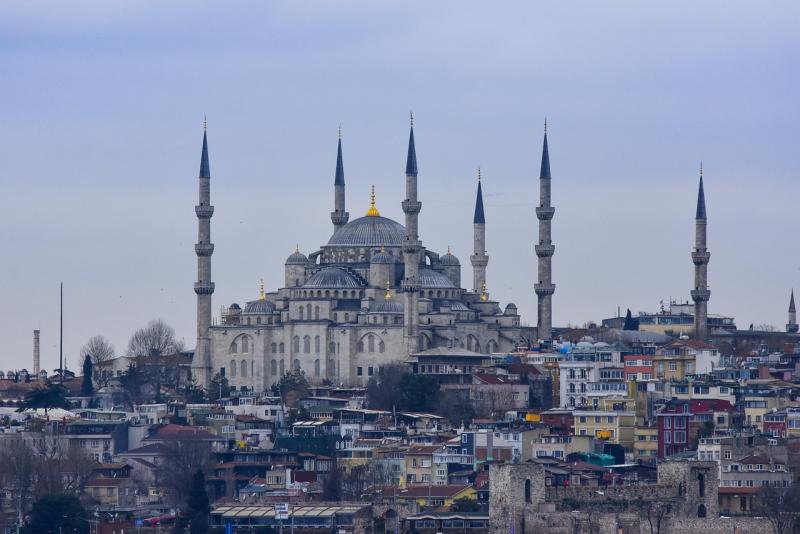Culinary Chronicles: Spice Trails and Flavorful Journeys Through India

India is a land where every meal is a story, and every spice tells a tale. The country’s rich culinary tapestry is woven with centuries of history, trade, and cultural exchange. From the aromatic biryanis of Hyderabad to the tangy curries of Kerala, each region offers its own unique flavor profile, deeply rooted in tradition yet continually evolving. For travelers who are passionate about food, embarking on a spice trail through India is a journey of discovery that goes far beyond just eating—it's about understanding the soul of a nation through its food.
The Heart of Indian Cuisine: A Journey Through Spice
Spices are the heartbeat of Indian cuisine. They are the ingredients that give life to dishes, transforming the simplest of meals into complex and flavorful experiences. The spice markets of India are a sensory overload—vivid colors, intense aromas, and bustling energy all come together in a heady mix. Places like the Khari Baoli market in Delhi, Asia's largest spice market, offer a glimpse into the world of spices that have shaped not only Indian food but global cuisine as well.
A journey through these spice trails can start in Kerala, often referred to as the "Spice Garden of India." Here, travelers can visit lush plantations where pepper, cardamom, cinnamon, and clove are grown. These spices, once traded across ancient routes, continue to be the backbone of many Indian dishes. A visit to a spice plantation in Kerala is not just about seeing how these spices are cultivated but also understanding how they are intricately woven into the fabric of Indian culture and cuisine.
Regional Cuisines: A Diverse Culinary Landscape
India's culinary diversity is as vast as its landscape. Each region boasts a unique cuisine influenced by local ingredients, climate, and cultural traditions. For instance, the cuisine of Rajasthan, in the arid northwest, is known for its bold flavors and use of dried spices, reflecting the region’s harsh climate and the need for preservation techniques. Dishes like Laal Maas (a fiery mutton curry) and Dal Baati Churma (lentils with baked wheat dumplings) are rich, hearty, and full of robust spices.
In contrast, the coastal regions of India, such as Goa and Kerala, offer a different culinary experience. Here, the abundance of seafood and the influence of Portuguese and Arab traders have shaped a cuisine that is fresh, tangy, and infused with tropical spices like coconut, tamarind, and kokum. The famous Goan prawn curry, with its blend of coconut milk, spices, and tangy tamarind, is a must-try for any culinary traveler.
For those who have experienced the wintery wonders of Scandinavia with Scandinavia Winter Tour Packages From India, the contrast in flavors between Nordic and Indian cuisines is striking. While Scandinavian cuisine often emphasizes simplicity and freshness, Indian food is a celebration of complex flavors and intricate spice blends. This culinary journey through India offers a different kind of warmth—a spice-laden embrace that invigorates the senses.
Cultural Exchange: The Spice Connection
India’s spice trails have historically been at the center of global trade routes, connecting the subcontinent with the rest of the world. The spice trade brought not only wealth to India but also a cultural exchange that influenced cuisines around the globe. The arrival of Portuguese, Dutch, and British traders, as well as Arab merchants, introduced new ingredients and cooking techniques to India, which were then blended with local traditions to create something entirely unique.
This cultural exchange is also evident when you compare Indian cuisine to the food of Eastern Europe. Eastern Europe tours often highlight hearty, comforting dishes like Hungarian goulash or Polish pierogi, which are spiced differently but share a common heritage of bold flavors and rustic ingredients. The use of spices like paprika in Eastern European cuisine can be traced back to the same trade routes that brought spices to Europe from India. Exploring these connections through food offers a deeper understanding of how interconnected our culinary histories truly are.
Immersive Culinary Experiences: Cooking Classes and Market Tours
To fully appreciate India’s culinary heritage, immersive experiences such as cooking classes and market tours are essential. In cities like Jaipur, Mumbai, and Kochi, visitors can join cooking classes where they learn to prepare traditional dishes under the guidance of local chefs. These classes often start with a trip to the local market, where travelers can select fresh ingredients and learn about the spices that are central to Indian cooking.
These hands-on experiences provide a deeper connection to the food and the people who prepare it. Cooking with a local chef, sharing stories over a simmering pot of curry, and learning the secrets of spice blends passed down through generations offers a unique insight into the culture of India.
Conclusion
India’s spice trails are more than just a culinary journey—they are a passage through time, culture, and tradition. For travelers who have marveled at the snowy landscapes with Scandinavia Winter Tour Packages From India or explored the historic cities of Eastern Europe tours, a flavorful journey through India offers a vibrant contrast. It’s a chance to dive deep into a world where every spice has a story, every dish is a celebration, and every meal is an invitation to experience the rich tapestry of Indian life.










Comments